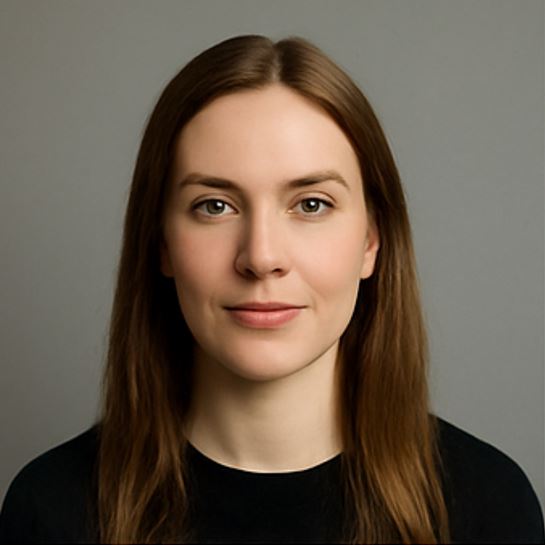Commemoration in Hohenschönhausen: Remembering the victims of the NKVD camp
On October 15, 2025, Berlin will remember the victims of the NKVD in Hohenschönhausen with a memorial event at DenkOrt.

Commemoration in Hohenschönhausen: Remembering the victims of the NKVD camp
On October 15, 2025, the victims of the NKVD special camp No. 3 in Hohenschönhausen will be remembered in the Lichtenberg district. This will take place at a memorial service that will take place at 3:30 p.m THINK place takes place in the Hohenschönhausen municipal cemetery. The event is organized by the Lichtenberg district office and the district council assembly (BVV) to commemorate the more than 1,000 people who died in this camp between 1945 and 1946.
Special Camp No. 3, which operated between May 1945 and October 1946, is part of a dark past that affects many people in the region. It is estimated that around 20,000 people were interned there, while living conditions were catastrophic. Malnutrition, cold and inadequate medical care led to many prisoners losing their lives, and their bodies were buried anonymously in mass graves, as HSH Foundation reported.
The memorial event
As part of the memorial service on Tuesday, flowers will be placed at the memorial stone and on the memorial stone field. Afterwards, relatives and interested parties are invited to attend Hohenschönhausen Memorial where coffee and cake are served. The DENKOrt itself was designed based on a design by the qualified designer Manfred Höhne and was inaugurated in 1998. It includes a burial ground, a memorial stone with a cast iron plaque and an accessible area made of oak planks.
The Soviet occupying forces set up Special Camp No. 3 in May 1945 on a site that previously housed a commercial kitchen for the National Socialist People's Welfare Association. Under the supervision of the Moscow People's Commissariat of Internal Affairs (NKVD), the camp served as a transit camp for over 16,000 men, women and youth. At times, more than 4,200 people were housed in a small space in the camp, which further exacerbated the already difficult living conditions.
The historical context
The detentions in Special Camp No. 3 often took place on the basis of Soviet Order 00315, which stipulated the arrest of NSDAP members, police and secret service members. Young people aged twelve and over, also known as spies or “werewolves”, who were arrested for alleged underground activities, were among the internees. Most prisoners were held for years without trial, leading to widespread criticism of the conditions in these camps, also known as “silence camps” because no work was required to be done there.
In total, ten special camps were set up in the Soviet occupation zone between 1945 and 1950, in which more than 122,000 people were imprisoned. The mortality rate was alarming, with over a third of those imprisoned dying, often from starvation and disease. Special Camp No. 3 was just one of many examples of the repressive treatment of perceived political opponents and the striving for control by the Soviet authorities the Sachsenhausen memorial explained.
The memory of the events will also be continued in the memorial event on October 15th, an important sign against forgetting and a step towards coming to terms with these serious chapters of history.

 Suche
Suche
